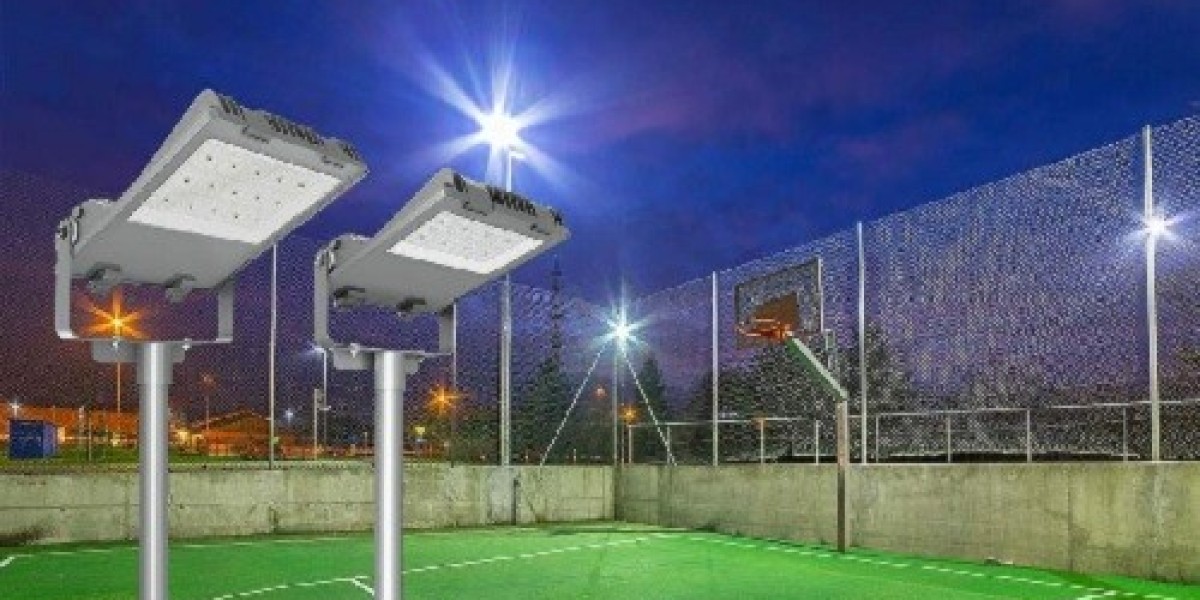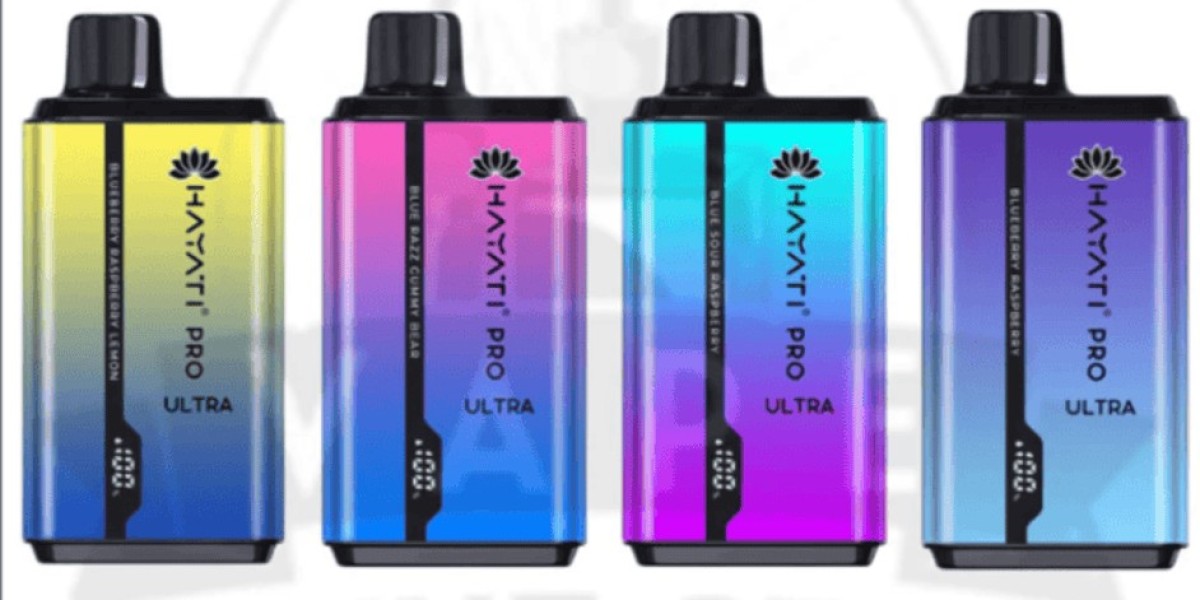Outdoor basketball courts are not just spaces for athletic activities; they are community hubs, fostering engagement and healthy lifestyles. Proper lighting design for these courts is crucial for enhancing player performance, ensuring safety, and extending playtime into the evening. This guide delves into the key considerations and best practices for outdoor basketball court lighting design.
Importance of Proper Lighting
Safety
Good lighting is essential for preventing injuries. It illuminates potential hazards on the court and surrounding areas, ensuring players can see clearly and react quickly.
Performance
Adequate lighting helps players track the ball's movement, read the game better, and execute plays with precision. Consistent illumination levels minimize shadows and glare, enhancing visibility.
Community Engagement
Well-lit courts encourage more community use, extending playing hours and making the court a safer place for recreational activities after dark.
Key Considerations in Lighting Design
Lighting Levels
The Illuminating Engineering Society (IES) recommends different lighting levels based on the level of play. For recreational courts, an average of 10-20 foot-candles is sufficient, while competitive courts may require 30-50 foot-candles.
Uniformity
Uniform lighting distribution prevents shadows and ensures the entire playing surface is equally illuminated. A uniformity ratio of 2:1 (maximum to minimum illumination) is ideal for most outdoor courts.
Glare Control
Glare can impair vision and reduce the quality of play. Using fixtures with proper shielding and positioning them correctly can minimize glare, directing light where it's needed without causing discomfort.
Light Pollution
Designing with light pollution in mind means considering the impact on surrounding areas and the night sky. Using full cutoff fixtures can help minimize light spillage and skyglow, maintaining dark skies and respecting neighbors.
Lighting Technology
LED vs. HID
LED lighting is increasingly popular due to its energy efficiency, longevity, and better light quality compared to traditional HID (High-Intensity Discharge) lamps. LEDs offer better control over light distribution and color temperature, which enhances visibility and reduces maintenance costs.
Fixture Placement
Proper placement of lighting fixtures is critical. Poles should be positioned at least 10-12 feet away from the court to prevent interference with play. A typical setup includes fixtures mounted at heights of 20-30 feet, angled to cover the court uniformly.
Smart Lighting Solutions
Smart lighting systems allow for remote control and customization of lighting schedules and intensity. These systems can be programmed to adjust lighting based on the time of day, weather conditions, or usage patterns, optimizing energy consumption and player experience.
Installation and Maintenance
Electrical Considerations
Ensure the electrical infrastructure can support the lighting system. This includes having adequate wiring, circuit protection, and grounding to handle the power requirements safely.
Routine Maintenance
Regular maintenance ensures the longevity and efficiency of the lighting system. This includes cleaning fixtures, checking for damage, and replacing bulbs or components as needed.
Safety Standards
Compliance with local regulations and safety standards is essential. This includes ensuring all electrical work meets codes and that lighting installations do not pose any hazards to users or maintenance personnel.
Conclusion
Designing an effective outdoor basketball court lighting system involves balancing performance, safety, and environmental considerations. By focusing on appropriate lighting levels, uniformity, glare control, and leveraging modern LED technology, communities can create vibrant, safe, and inviting spaces for basketball enthusiasts to enjoy day and night. Proper installation and maintenance further ensure that these lighting systems remain efficient and reliable, fostering active and engaged communities.
Implementing these best practices in outdoor basketball court lighting design can transform ordinary courts into well-lit arenas that enhance the game experience and community life.



